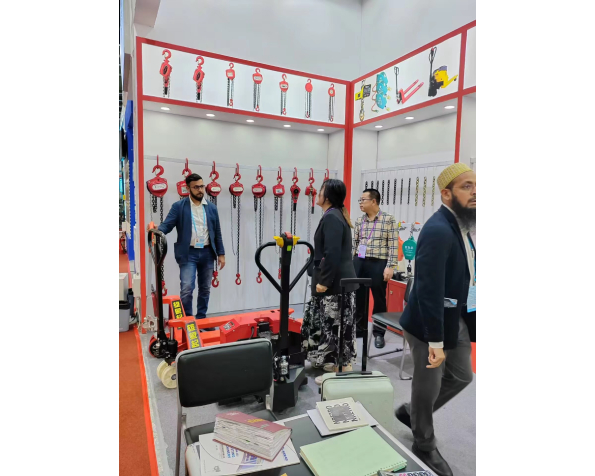


Chain Block Lifting An Essential Tool for Heavy Lifting Operations
In the world of heavy lifting and rigging, chain block lifting devices have become indispensable tools. These mechanical devices, also referred to as chain hoists, utilize a system of chains, pulleys, and gears to lift heavy loads with ease and precision. Their design and functionality have evolved over the years, making them suitable for various applications in industries such as construction, manufacturing, and shipping.
Understanding Chain Block Lifting Mechanisms
At its core, a chain block lifting device operates on a simple mechanical principle. The primary components include a chain, which is pulled by the operator, and a block that houses pulleys to facilitate the lifting process. When the operator pulls on the chain, the interaction between the chain and the gears within the block creates a mechanical advantage, allowing even a single person to lift heavy items that would otherwise be impossible to move manually.
The efficiency of chain block lifting devices is derived from their use of leverage. By distributing the weight of a load across multiple pulleys, these devices significantly reduce the amount of force needed to lift an object. This advantage is especially crucial in environments where heavy machinery is limited or when working in confined spaces.
Applications Across Industries
Chain block lifting devices are versatile and can be used in a variety of settings. In the construction industry, they play a critical role in lifting steel beams, concrete blocks, and other heavy materials to heights where traditional forklifts cannot reach. They are also widely used for maintenance and repair tasks, allowing technicians to lift machinery parts or equipment safely.

In manufacturing, chain blocks are often utilized in assembly lines. They enable workers to move heavy components seamlessly from one station to another, improving productivity and safety. Similarly, in shipping and logistics, chain hoists are employed to load and unload cargo containers, streamlining the process and reducing the risk of injury.
Safety Considerations
While chain block lifting devices are incredibly useful, it is essential to prioritize safety when using them. Operators must be trained to understand the weight limits of the chain block and the proper techniques for lifting. Overloading the device can lead to mechanical failure, posing a significant risk. Regular inspections and maintenance of the equipment are also vital to ensure that all components are in good working order.
Proper rigging practices should always be followed, including using the appropriate hooks, slings, or shackles. Operators should maintain a clear line of sight with the load being lifted and avoid standing directly under any suspended loads.
Future of Chain Block Lifting Technology
As technology continues to advance, so too does the chain block lifting industry. Innovations in materials and design are leading to lighter, more durable, and more efficient devices. Additionally, the integration of smart technology, such as load sensors and remote control systems, is enhancing the usability and safety of chain hoists.
In conclusion, chain block lifting devices are essential tools in the heavy lifting industry, offering efficiency, versatility, and reliability. As industries evolve, the adoption of improved technologies will continue to enhance the capabilities and safety of these devices, ensuring that they remain a vital component in the toolkit of professionals around the world.



